Quantum Physics and the Messy World of Living Things - Part 2
This is the second and final part of the "Quantum Physics and the Messy World of Living Things" series, in the first post, we explored the role quantum mechanics plays in helping us better understand some life processes, and also explore the possibility of a quantum theory of evolution. We looked at how birds are able to navigate its way around the earth, using the earth's magnetic field as its personal compass. We explored these concepts to some considerable depth, and also looked at how the human nose is able to perceive smell.
Today's post is basically a continuation of the previous one, and we will be looking at the fast metamorphosis that occurs in the life-cycle of a frog, and how plants are able to carry out photosynthesis.
The Quantum Frog
The complete growth from a tadpole (baby frog) to an adult frog had baffled scientists since it was observed. In just about six weeks the tadpole is completely transformed into something that looks completely different from it because it is completely broken down and then reassembled to something more efficient and relatively beautiful, a frog.
The tadpole's tail, for example, will be broken down, and all the cells, tissues and fibres that make them up will be recycled to making something else, - new limbs. The big mystery, however, is; How does it happen so fast?
Because the fibres that make up the skin and hold the flesh are really tough, like a tightrope binding sticks together. It is made up of proteins joined together by chemical bonds, so strong that to completely dismantle them would take years, way beyond the lifetime of the frog.
Enzymes
Enzymes are really the actual machinery of the cells, they are little systems that exist inside every cell that help transform, carry out, and speed up chemical reactions. In the formation of frogs it is the enzymes that take down the protein chains of tadpoles, but since it is so strongly bonded together how does it do it so fast?
To understand this, think of these strong bonds as many ropes (proteins) joined together by many knots. All the different parts of the knots are like subatomic particles, (electrons, protons) that hold the different molecules together. To untie a knot we need to overcome the tight parts by adding energy and moving them around, in the same way, enzymes have to moves these proteins through what physicists call an energy barrier. The intuitive process of how these things should work is by going over the barrier, but calculations show that if this was the case it would take way much longer time for the frog to form, what actually happens here is that, since breaking a bond requires enough energy, these enzymes move protons through the barrier to the other side without having to make them cross over.
Protons or electrons are not solid objects like the ones we observe in our everyday life, they have spread-out fuzzy wave-like behaviour that lets them move through a barrier to the other side. In recent studies of nuclear physics, this phenomenon is a proven fact, without the effect known as quantum tunnelling the sun wouldn't shine! Quantum tunnelling turns strong knots into weak ones and enzymes rebuild it into the shape of a frog.
The Quantum Plant
Photosynthesis
With each and every passing second of every day, 16 thousand tons of plant life arise on the earth. The fate of our survival on this planet depends greatly on what happens inside plants in the next trillionth of a second! What happens is that these plants capture energy from the sun in form of photons, the transformation of this energy in plants is more efficient than any human machine ever invented. The colour of green plants are gotten from something called chlorophyll, they absorb light from the sun, transferring the energy to the command centre of the cell which then takes it to make food and distribute it to allowing motion, defence etc.
What's fascinating is that the entire process takes just a millionth of a millionth of a second. When a pack of photon energy reaches the chlorophyll it pushes an electron from the centre of the chlorophyll energy, creating a small pack of energy called an OXORTON. The oxorton then has to pass through a forest of chlorophyll molecules to locate the reaction centre, which gives out energy for chemical processes in the cell and creates all the other important biomolecules in life. The problem is, how does the oxorton find its way to the control centre? Does it know where it is going?
Biologists confirm that if the oxorton didn't know where it was headed and it just randomly searches until it reaches the reaction centre of the plant it would lose too much energy to heat and motion before it can ever make it to its destination. In recent experiments, chemists released lasers at plant cells to reconstruct and observe the microscopic dance of the oxorton and thus photosynthesis, they then confirmed that the oxorton really knows its direction, it knows that it has to get to the reaction centre of the cell. Why? And How?
The answer, scientists found out is that the oxorton in plants follow one of the most popular laws in quantum mechanics, “The Uncertainty principle”. The principle states that you can never be sure that the oxorton is in a particular place at a particular time, it behaves like a quantum wave, being in many different places at once. It spreads like ripples in a pool, exploring all possible routes to its destination at the same time.
The Quantum Gene
I wonder if you have ever asked yourself, how is it that the snail's shell sometimes can look so designed, filled with exhilarating patterns that match leaves and stems of different plants. To understand anything about these snails we first have to agree that these patterns are not there by accident. The shell of a snail is usually used by the snail to camouflage itself from predators, allowing the snail to blend into the environment that looks like the patterns in its shell. All species evolve to adapt to their environment, but the question we are out to explore is: does quantum mechanics play any role in this? To answer this question, let talk about the most important molecule on the earth today - DNA.
Everybody has seen the DNA double helix structure, but its genetic secret lies between the helix. In the helix, there are four different coloured molecules called bases. The patterns of colour on one part (e.g. blue, red, green, yellow) creates a gene which is passed onto the kids by their parents. Think of a gene as a jigsaw puzzle that fits together with another gene if only that their structures match.
A complete strand of the double helix will form a coloured pattern, and the other strand opposite it always pairs up the same way. Blue bases always go with yellow and green with red because only those colours have the shape to fit together. When cells reproduce the two strands become separated and prepared for copying, but red still fits with green and yellow still fits with blue, and like this, the cell creates two new copies of one strand. So far there is no genetic variation yet, but during the copying, process mistakes can happen, these mistakes are what we call mutation.
Looking at two bases, scientists found out that the bonds that hold two bases together are subatomic particles (protons), these protons sometimes jump across to the other side and if the strands split during this proton leap, they find themselves in the wrong side thereby changing the structure of the bases. Now, these the red base involved in a proton leap will no longer fit into a green base, rather it must bond with a yellow base. Here both helixes are no longer replicas because somewhere in its bases there is a yellow bond instead of green. This is what we call, genetic mutation. Leaping protons change the cells DNA, making a new gene for a different pattern in the snail's shell.
At this point, the question has reduced to: How does the proton jump?
In these jumps, the proton has to also overcome an energy barrier, in an experiment to determine if protons perform this disappearing trick in DNA bonds, scientists perform an experiment, gently replacing the protons of bacteria with heavy protons called deuterons and allow them to reproduce. They did this because protons - which are twice as light as neutrons - perform quantum tunnelling more easily, and the heavy particles are likely to bounce straight back.
How did they change the DNA proton subatomic particles of bacteria? Simple, they let it reproduce inside a heavy water filled with deuterons instead of protons. If Quantum mechanics have a hand in DNA mutations then reproduction of bacteria (inside water dominated by deuterons) should have very few mutations. The experiments have been done and the results show that this is indeed the case.
Quantum physics is applicable everywhere, maybe the only reason biologists have not discovered the secrets of how life came about is because they have been looking in the wrong place for answers, it is my belief that with the new revolution of Quantum biology, soon in the future this puzzle for the rise of life on earth will be a thing of the past.
References
Phys.org - Quantum Criticality Life Proteins
Science News for Students - Quantum World mind-bogglingly Weird
Discover Magazine - Is Quantum Mechanics Controlling your Thoughts
NCBI - Quantum physics meets biology

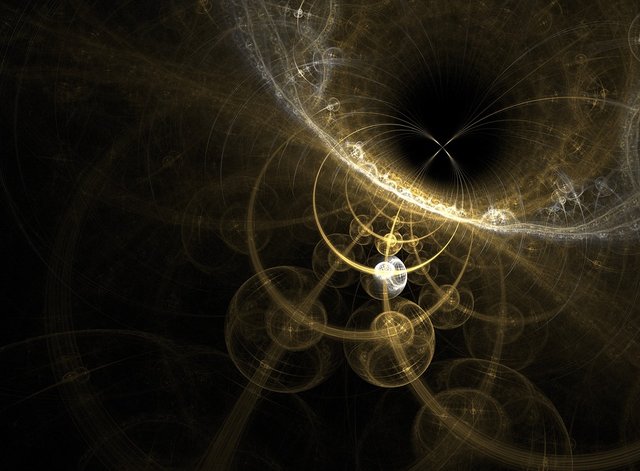
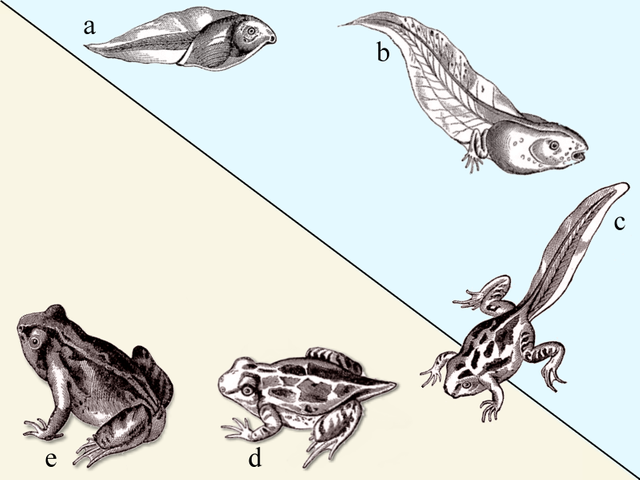
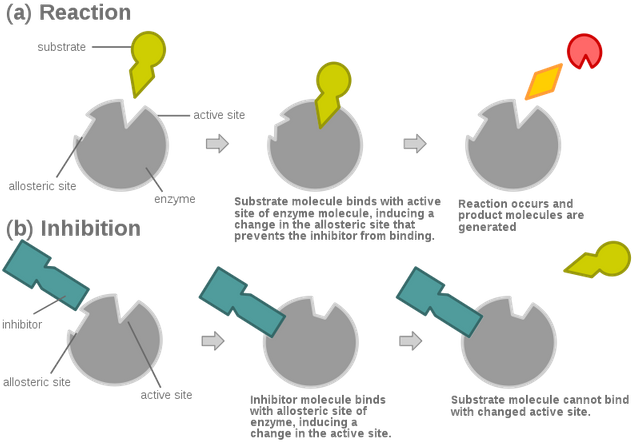
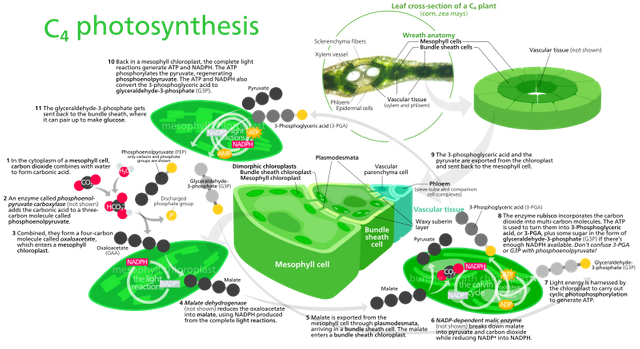
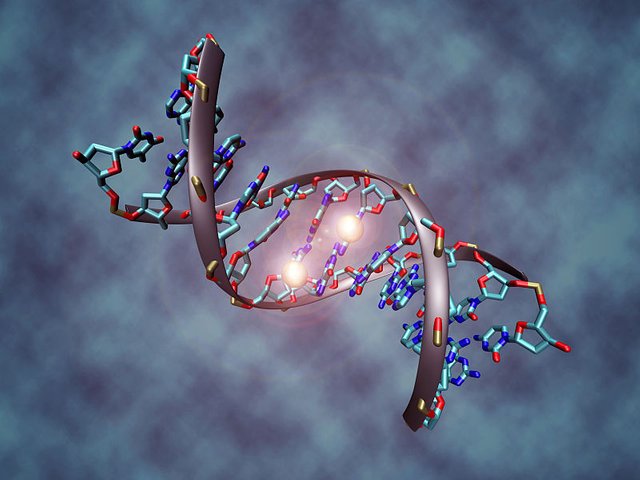
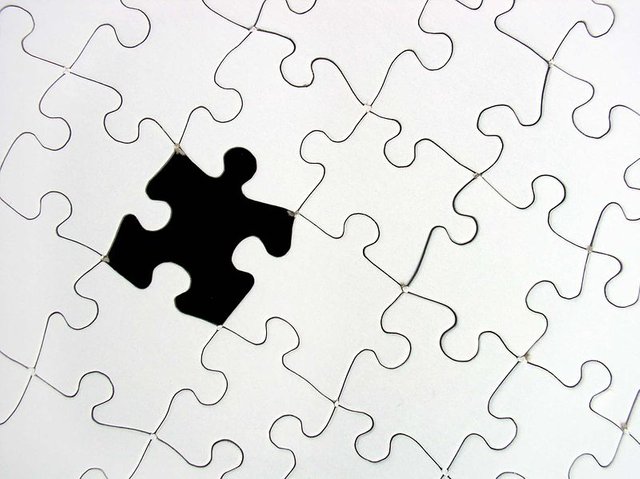
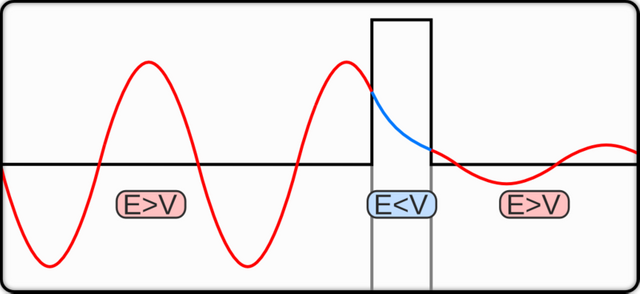
Congratulations! Your post has been selected as a daily Steemit truffle! It is listed on rank 6 of all contributions awarded today. You can find the TOP DAILY TRUFFLE PICKS HERE.
I upvoted your contribution because to my mind your post is at least 22 SBD worth and should receive 143 votes. It's now up to the lovely Steemit community to make this come true.
I am
TrufflePig, an Artificial Intelligence Bot that helps minnows and content curators using Machine Learning. If you are curious how I select content, you can find an explanation here!Have a nice day and sincerely yours,

TrufflePigFascinating.
First time I see biology explained through quantum mechanics.
Thanks for giving a new perspective to the subject.
The pleasure is all mine, am glad you find the post interesting.
Hi @agbona!
Your post was upvoted by utopian.io in cooperation with steemstem - supporting knowledge, innovation and technological advancement on the Steem Blockchain.
Contribute to Open Source with utopian.io
Learn how to contribute on our website and join the new open source economy.
Want to chat? Join the Utopian Community on Discord https://discord.gg/h52nFrV